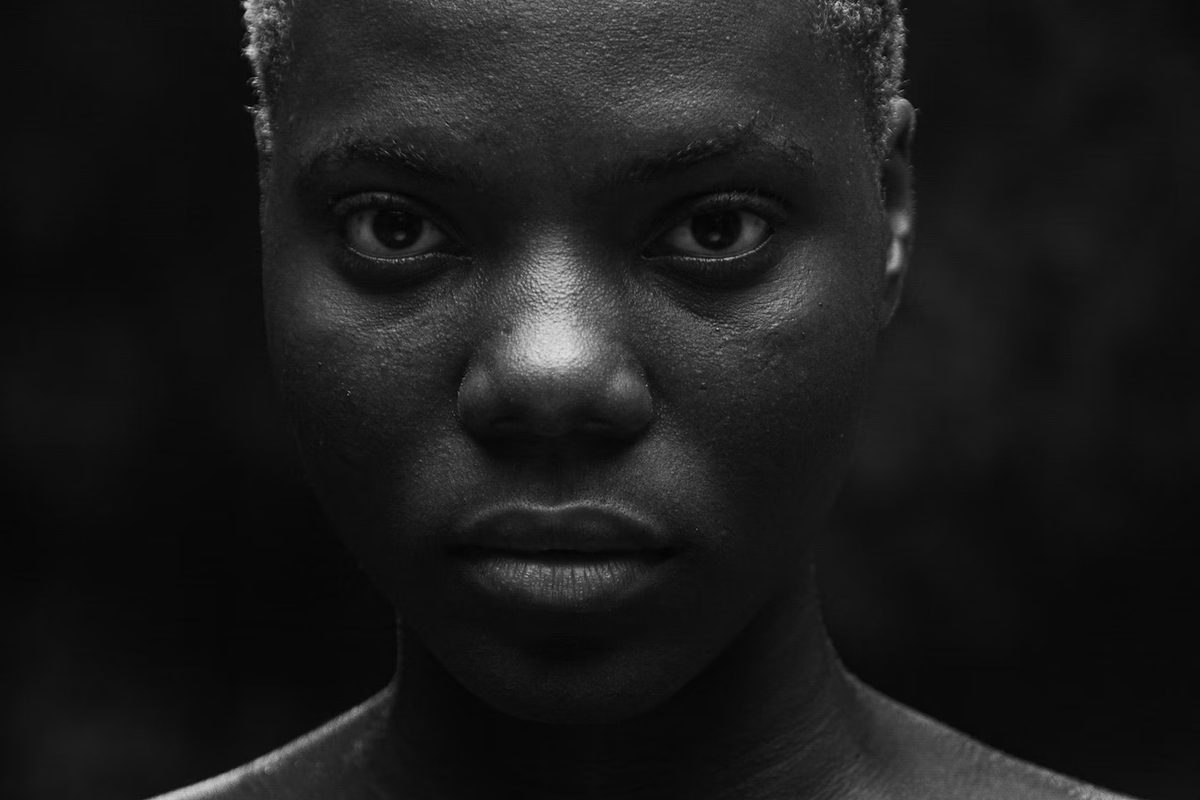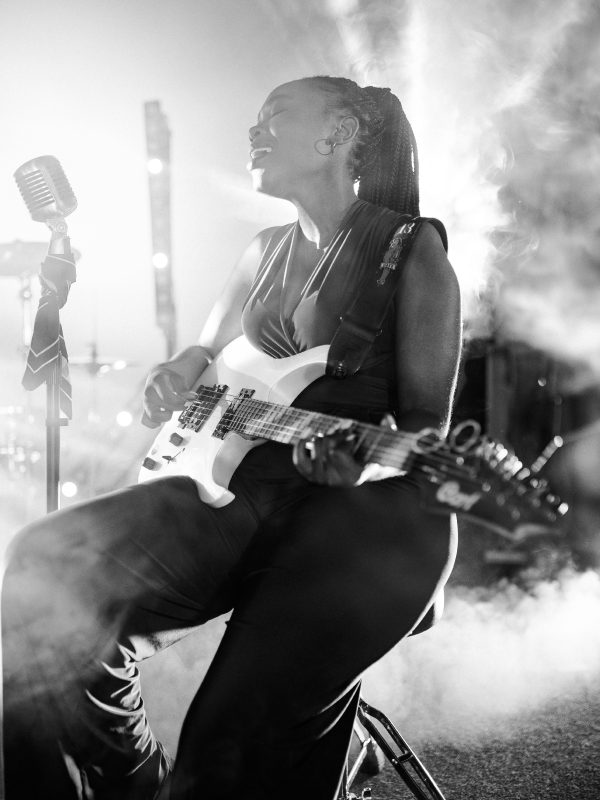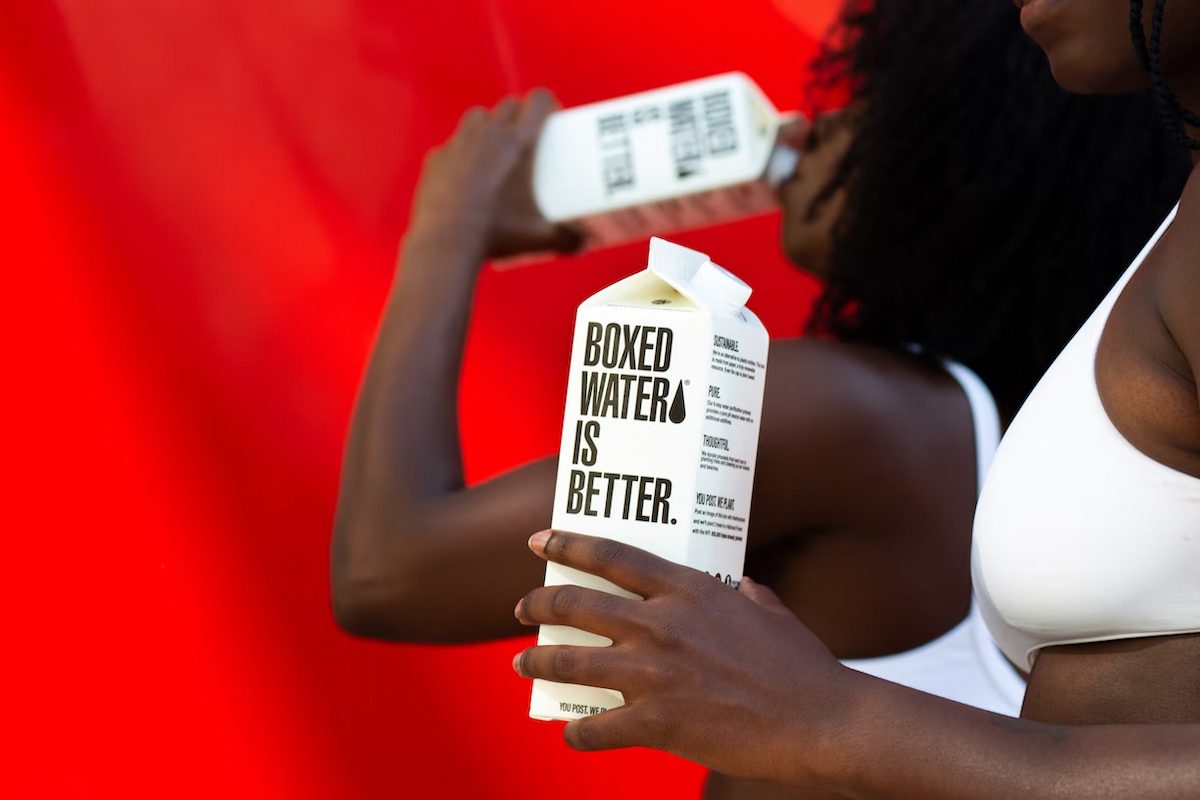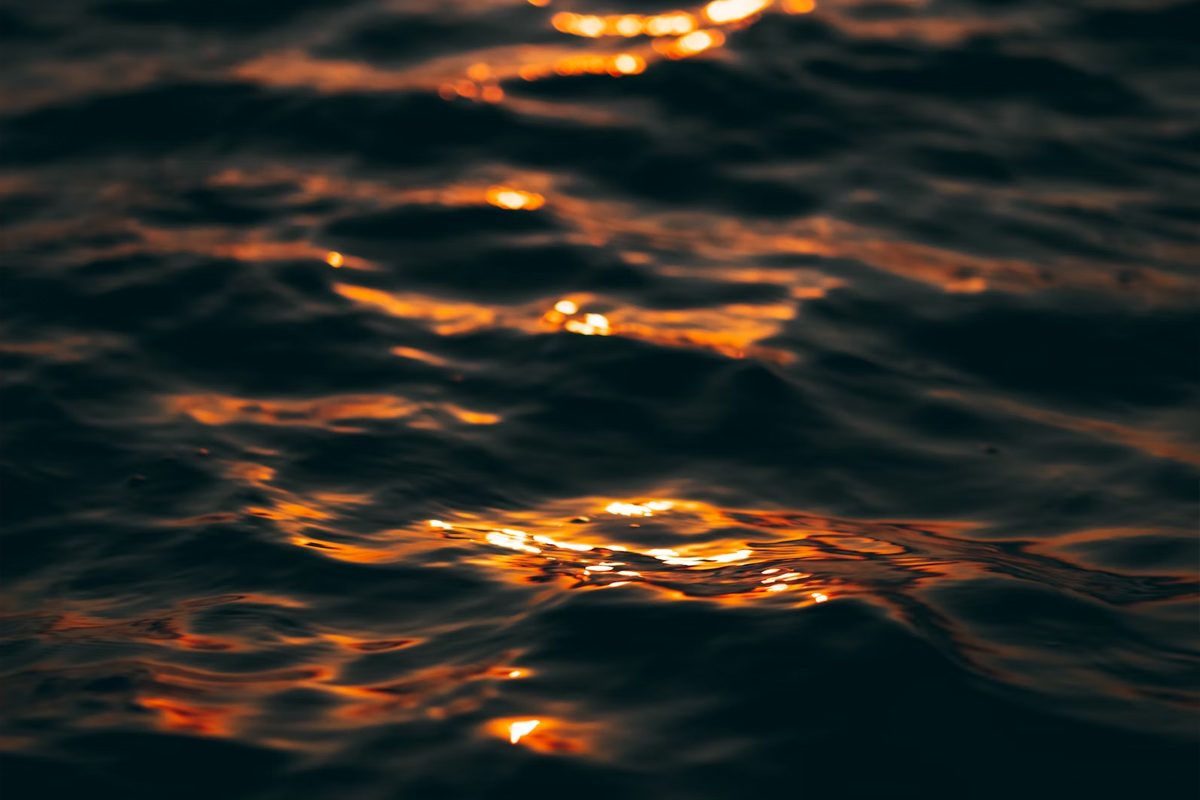
Bubble Week is Here: Celebrate with Bubbleology
March 17-22 is National Bubble Week. In celebration of this amazing week, we are pleased to introduce a little Bubbleology (the study of bubbles). Who doesn’t like a good bubble? Who knew that a bit of air trapped in film of soapy water could be so much fun? Most people have fond memories of summers filled with bubbles. However, most people don’t know that science behind the spherical shape and swirling colors. Keep reading and discover how to make your own super bubble solution.
Here’s What You Need
- 1 cup of dish soap
- 1 tablespoon of Glycerin
- Bubble wand
- 3 cups of distilled water
- Cup or bowl
About the Ingredients…
Water – All good bubble solutions contains water. However, it is important that you use good quality water (e.g. distilled water).
Dish Soap – You don’t need expensive soap. In fact, you want to avoid anti-bacterial soap or soap with a lot of additives. Old fashioned Dawn works very well.
Glycerin – You can buy glycerin at your local drug store. You may have to ask the pharmacist for it.
Here’s What You Do
Mix the dish soap, glycerin and water in the cup or bowl. Stir completely. If you like, you can use your solution immediately. However, it works best if you let it rest for a while. I suggest that you mix the ingredients and let everything sit for about 24 hours. When you are ready, dip your wand in the solution and blow a bubble! Experiment with the ingredients to see what mixture gives you the best results.
Here are some things to try with your solution. Can you…
- catch a bubble?
- blow a really big bubble?
- blow a bubble in your hand?
- bounce a bubble off your hand or your clothes?
- blow a bubble in a bubble?
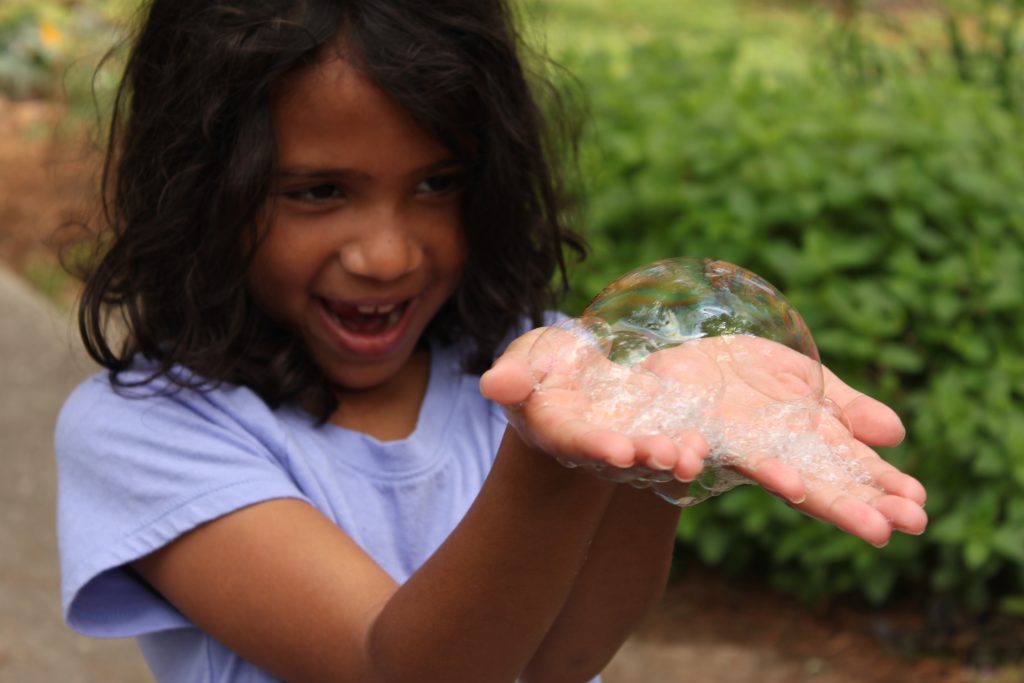
The Science Behind The Bubble
You probably didn’t realize it, but water is pretty sticky. It sticks to other things (e.g. the window, the side of a cup, and you) and it sticks to itself. When molecules of water stick to other things, it is called adhesion. When molecules of water stick to each other, it is called cohesion. If you look at a drop of water very closely, you might notice that it is round. The cohesion of the water molecules creates surface tension and gives the drop its round shape.
The surface tension of water is very strong. Some bugs can actually walk on water because water’s surface tension is so strong.
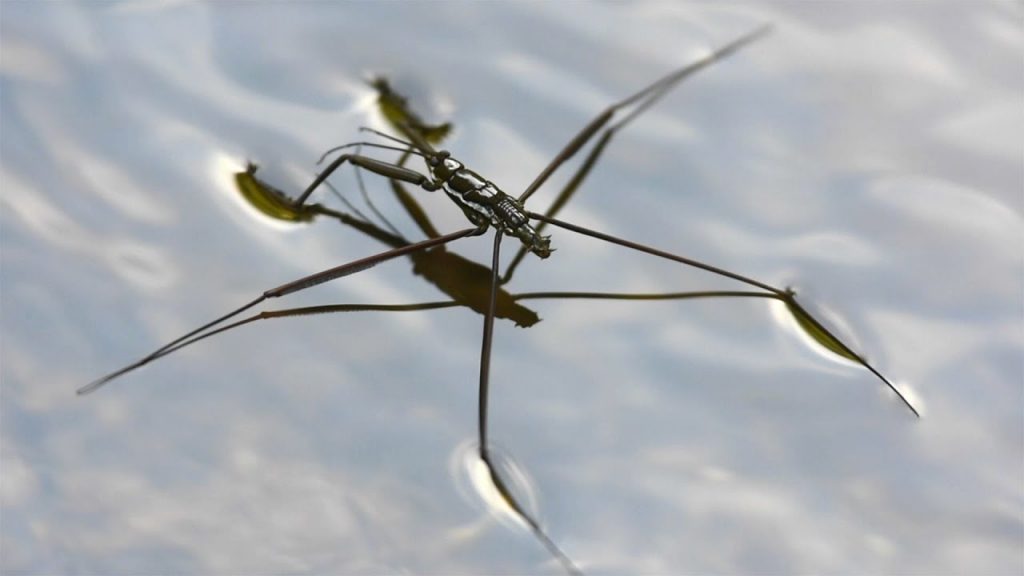
Unfortunately, it is too strong for bubbles. That’s why you add detergent to the bubble solution.
Soap molecules are made of long chains of hydrogen and carbon atoms. One end of the chain is hydrophilic ( water loving). This end likes being in water. The other end of the chain is hydrophobic (water fearing), and doesn’t like being in water. Instead, it is attracted to oil and grease. This is the reason that soap works so well. The hydrophobic end of the soap molecules grab the oil, grease, and dirt on our bodies or dishes and the hydrophilic ends connect to water molecules. The result: The oil, dirt, and grease are pulled off you body or dishes and carried away with the water.
The soap works in a similar fashion with the bubble. The soap and water form a kind of water sandwich. The hydrophilic ends of the soap attach to a layer of water water molecules. The hydrophobic ends of the soap molecules create the outside layer of the film. The result is a thin layer of water between two layers of soap. When you dip your bubble wand in the bubble solution, the soapy water sticks to the wand. When you blow into the film, a bubble forms. The bubble encloses the most amount of air with the least amount of bubble solution. As a result, bubbles are always round!
Related

Jenny Wilson
recent post
Even Deluded Demagogues Renounced
Animation Short Film 2018
What’s in a Name ?
follow us
related post
- randy.patel@mail.com
-
LA-Studio
2231 Redbud Drive
Whitestone, NY 11357

